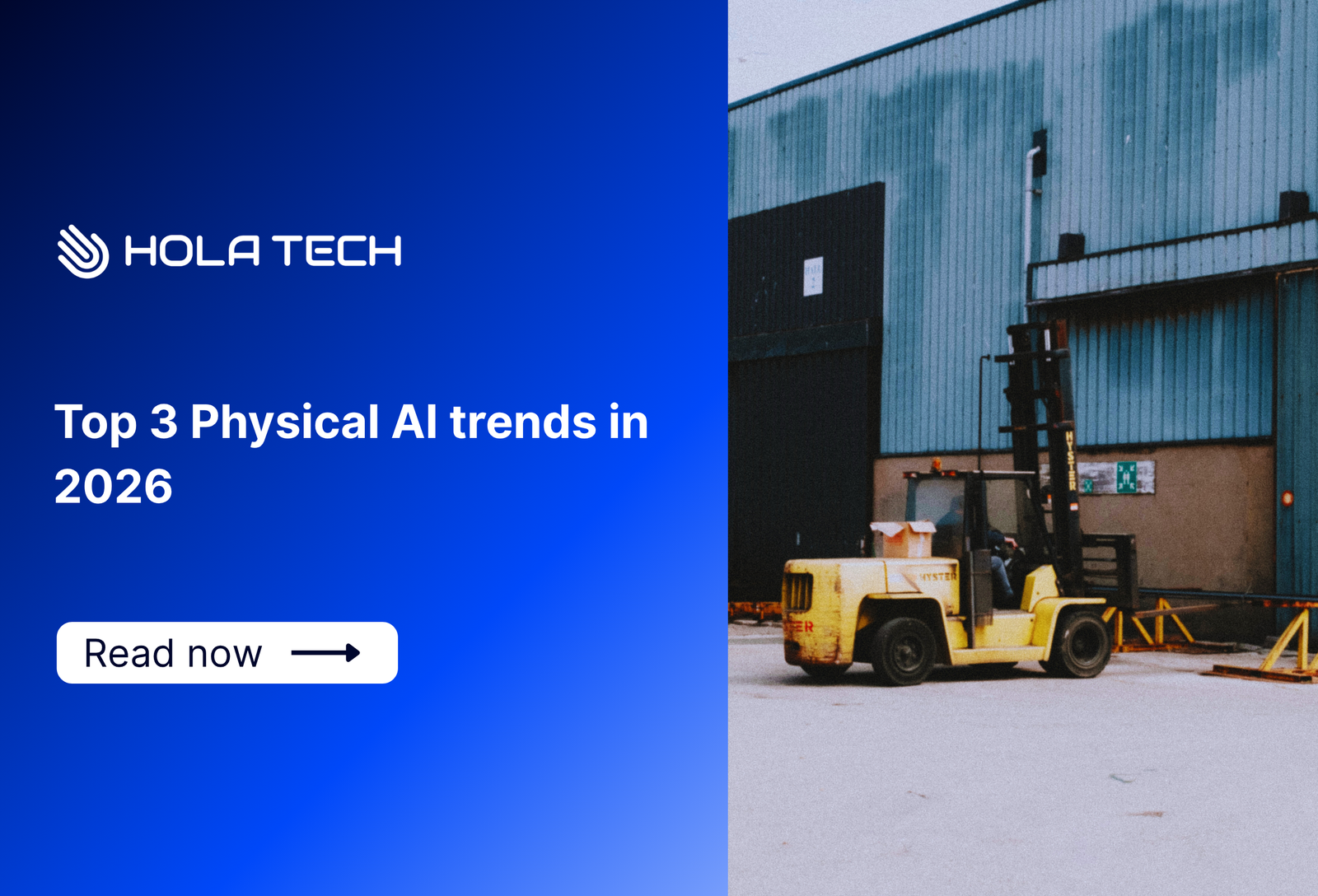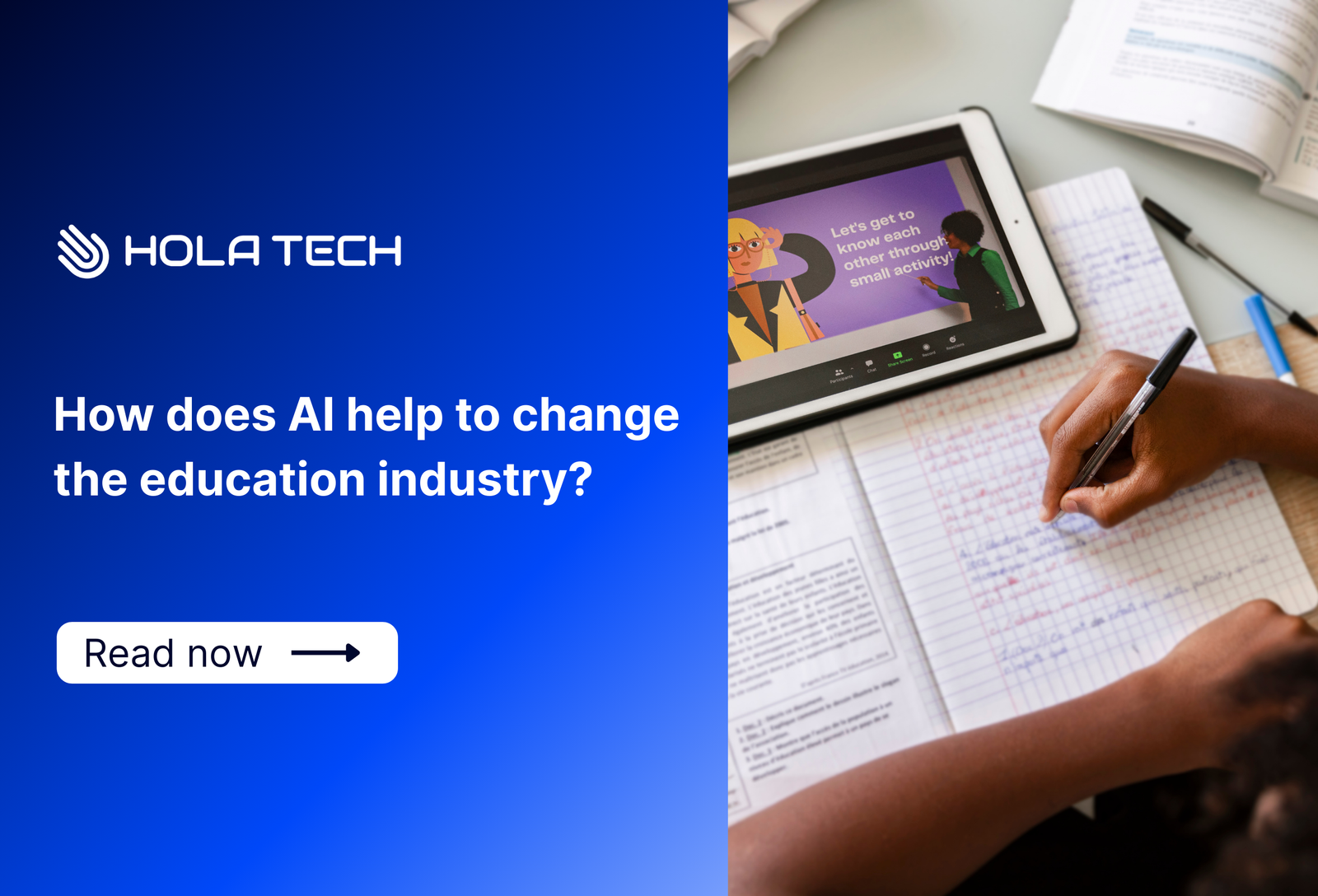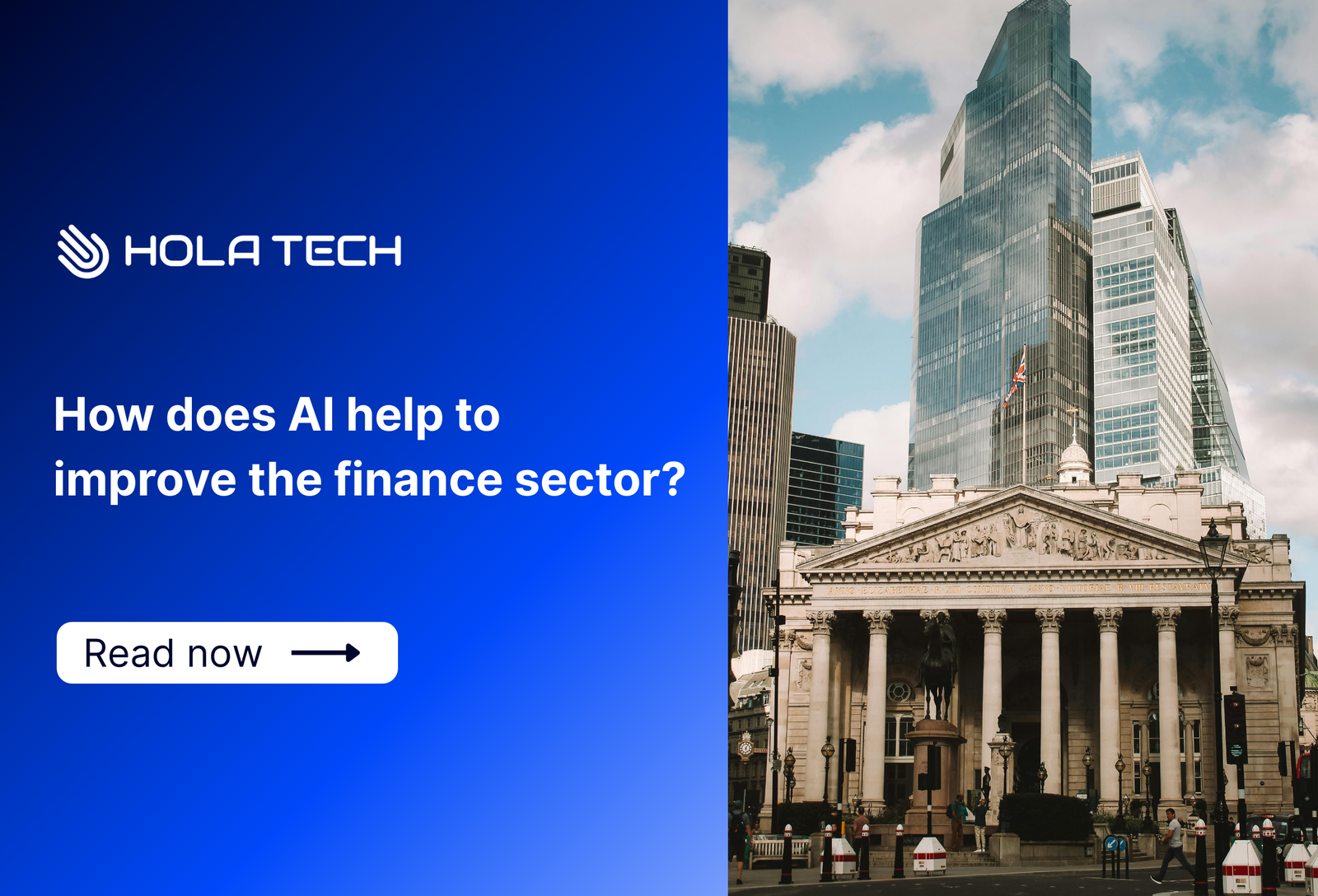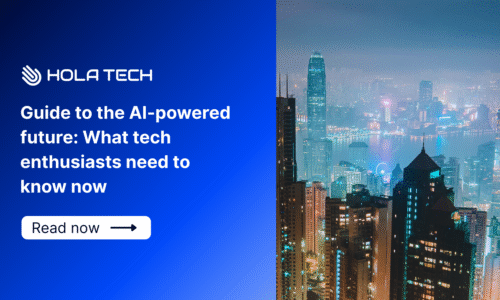- Tracy
- ai, physical, Technology
- 0 Comments
- 13444 Views
Top 3 Physical AI trends in 2026
1/ Key takeaways
The key trends for Physical AI in 2026 involve a strategic, phased rollout. Adoption will focus first on asset-heavy sectors with high ROI, while simultaneously prioritizing safety and security through combined physical and digital safeguards. Crucially, success depends on fostering seamless human-machine collaboration, requiring companies to invest in reskilling and intuitive interfaces for integrated work crews.
2/ Top 3 Physical AI trends in 2026
2.1. What’s Physical AI
Physical AI refers to the embedding of intelligence directly into the real world, allowing machines to sense their environment, understand what’s happening, and then take meaningful action. It essentially merges Artificial Intelligence (AI) with physical systems like robotics, autonomous vehicles, the Internet of Things (IoT), and digital twins. This integration allows for a powerful new level of automation that was previously too complex or expensive, leading to significant gains in efficiency and safety across various industries.
Physical AI applications are already revolutionizing how many key sectors operate:
- Manufacturing: AI-powered robots and quality control systems are deployed on factory floors to catch defects and reduce equipment downtime.
- Logistics: Autonomous vehicles, drones, and smart warehouse robots are used to streamline deliveries and manage complex storage operations.
- Health Care: Smart sensors and wearable devices enable doctors to monitor patients in real-time and deliver therapies that adapt instantly to their needs.
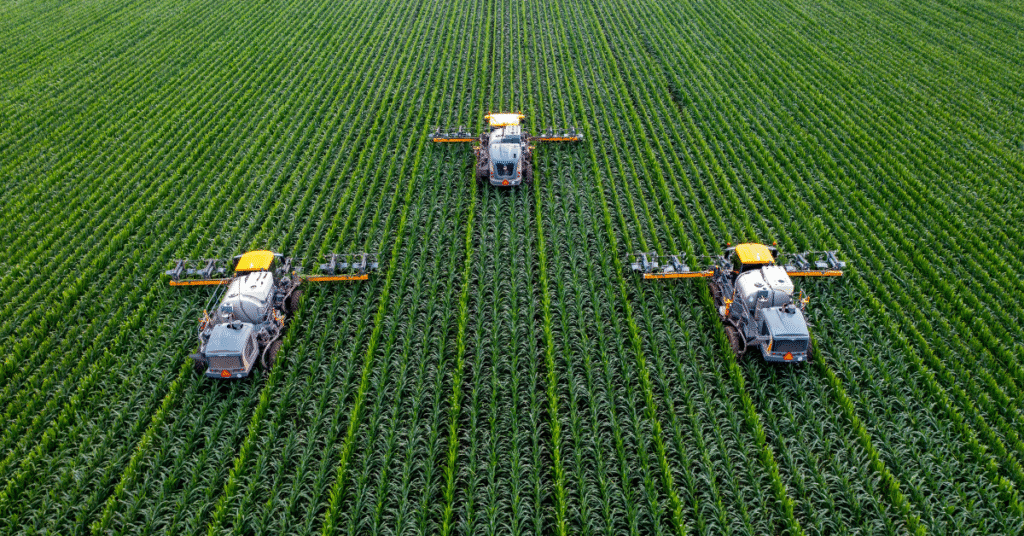
2.2. First trend: Paced adoption
The first key trend for Physical AI is its Paced Adoption, meaning it won’t be everywhere all at once. We expect to see this technology gain significant ground initially in industries that are asset-heavy and involve repetitive, difficult tasks. This is where the return on investment (ROI) is immediate and compelling.
Physical AI is taking off in sectors where environments are structured and the work is physically demanding. Look for rapid expansion in these key areas:
- Manufacturing: Automating complex assembly lines and quality control.
- Logistics & Supply Chain: Deploying autonomous warehouse robots and optimizing delivery routes.
- Health Care: Using smart sensors and robotics for precise diagnostics and surgeries.
- Agriculture: Leveraging autonomous tractors and smart farming systems for efficiency.
Adoption will likely proceed more slowly in industries where the primary work is digital, highly interpersonal, or focused on intangible services. Companies in these fields often face higher hurdles related to privacy and security, interpersonal interaction or brand experience.
Essentially, Physical AI is targeting the physical world first, reserving its most significant immediate impact for industries struggling with complexity, cost, and safety in heavy-duty environments.
2.3. Second trend: Focused on safety and security
The second critical trend in Physical AI adoption focuses squarely on safety and security. As intelligent systems move into the physical world, organizations can’t afford to overlook the risks they introduce to people, assets, and data. Therefore, the most successful implementations will be those that proactively integrate robust security measures right from the start.
To ensure Physical AI runs without putting lives or assets in jeopardy, smart companies are pairing simple, yet effective, physical safeguards with sophisticated software protocols:
- Physical Safeguards: These are the essential, immediate defenses. Examples include emergency-stop buttons, light curtains (which instantly halt machinery if a person steps into a restricted area), and collision sensors on autonomous machines.
- Digital Defenses: Organizations must implement fail-safe software and strong cyber defenses to protect the AI’s intelligence layer from external attacks or internal errors.
- Accountability: Clear audit trails are vital. They record every action and decision the Physical AI makes, ensuring transparency and making it possible to trace and fix issues immediately.
2.4. Third trend: Harmonization of human-machine collaboration
The third major trend for Physical AI is the Harmonization of Human-Machine Collaboration. This shift is important. Specifically, it focuses on creating fully integrated crews. These crews see human employees and Physical AI agents working together seamlessly.
In fact, the AI will not replace workers. Instead, it takes over specific tasks. These include tasks that are repetitive, dangerous, or low-value. Consequently, human employees can focus their efforts on more complex work. This work involves complex problem-solving, creative input, and strategic thinking. Ultimately, this boosts overall productivity. It also improves job quality.
In order to successfully accelerate this vital collaboration, companies must make strategic investments in three key areas:
- Intuitive interfaces: Develop easy-to-use, clear control systems that allow humans to efficiently monitor, direct, and troubleshoot the AI agents.
- Reskilling programs: Implement targeted training that equips the workforce with the necessary digital and operational skills to manage and work alongside intelligent machines.
- Change-management practices: Employ strategies to help employees understand the benefits of AI integration, addressing any initial concerns and ensuring smooth adoption across the organization.

3/ Hola Tech’s pov:
To truly benefit from the rise of Physical AI, you must focus on two key areas. First, identify where the immediate action is. Second, prepare your team effectively.
Therefore, don’t wait for Physical AI to be deployed everywhere. Instead, target the high-return areas right away. Since its widespread adoption will be paced, start by focusing your investment or career strategically. Focus on asset-heavy industries. These include manufacturing, logistics, and the supply chain. Crucially, this is where the money saved – the ROI – is the biggest.
Specific Next Steps
– For companies: Identify one costly, repetitive physical task. Then, implement a Physical AI solution to solve it. A great example is a warehouse robot with smart sensors.
– For individuals: Consequently, reskill immediately. You need to learn how to manage, maintain, and secure these intelligent physical systems.
Want to stay ahead of the curve in the world of decentralized technology and AI? Check out Hola Tech blog for more exciting technology news and useful information!
